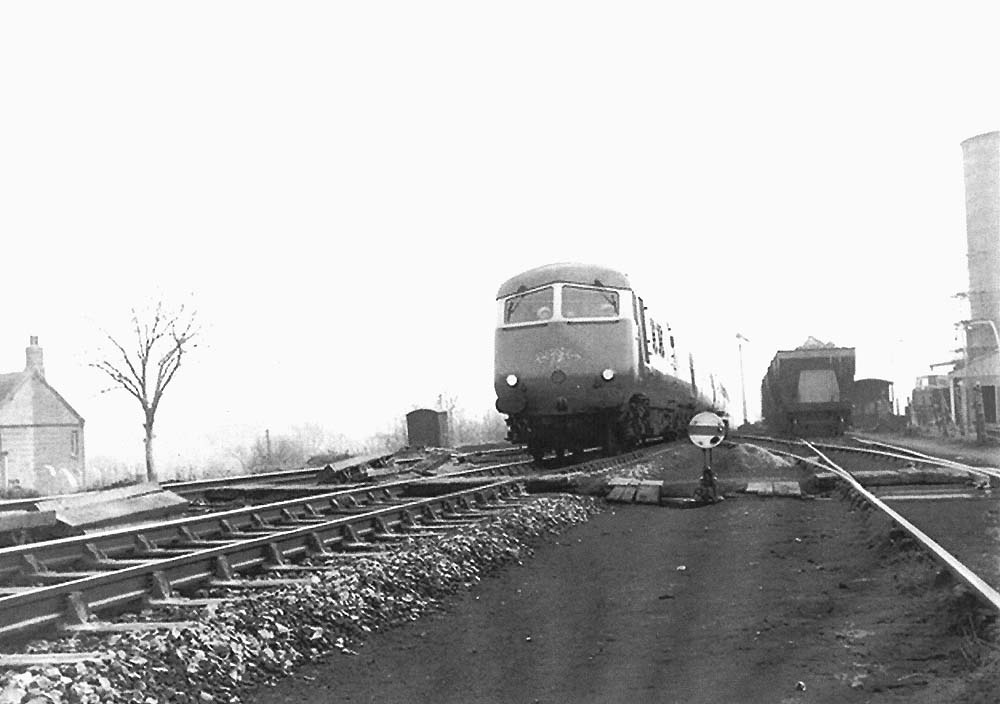|
|
 |
 |
|
GWR Route: Banbury to Wolverhampton
Greaves Sidings: gwrgs1854
 |
The Birmingham Blue Pullman passes Harbury Cement Works on the
Down Main Line in January 1961. As part of the British Railways Modernisation
Plan of 1955, the Blue Pullman Trains were introduced on the Great Western Main
Line route on 12th September 1960. Forerunner of the 125 HST these trains had a
power cars at each end of six passenger cars in a fixed pattern. The passenger
stock included a parlour car at each end marshalled adjacent to each power car.
They offered passengers a touch of luxury for a supplementary charge. The daily
Birmingham Blue Pullman service left Paddington at 12:10pm and arrived at Snow
Hill at 2:05pm stopping only at Leamington. Having returned to London the train
undertook a second journey leaving Paddington at 5:00pm and arriving at
Wolverhampton Low Level at 7:20, after stopping at Leamington and Snow Hill.
Each power car had two NBL/MAN diesel engines capable of 1000hp and giving them
a maximum speed of 90mph. By March 1967 the West Coast Main Line had been
electrified, allowing almost half an hour to be shaved from journey times
between London and Birmingham and resulting in the Blue Pullman Trains being
re-allocated to the London - South Wales route.
On the exchange siding head shunt on the left are a number of
loaded 20 ton steel hopper wagons. The ground disc signal in the foreground
indicates that the position of the down sidings to up main switch. This ground
disc signal was operated by lever 15 in the Greaves Siding Signal Box, being
interlocked with the two switches (Lever 12 - Up Main Line to cross and Lever
14 - Down Sidings to Up Main). The semaphore signal showing ‘all
clear’ in the background is the Down Main Home (lever 2).
Robert Ferris
 back back

|
|
|
